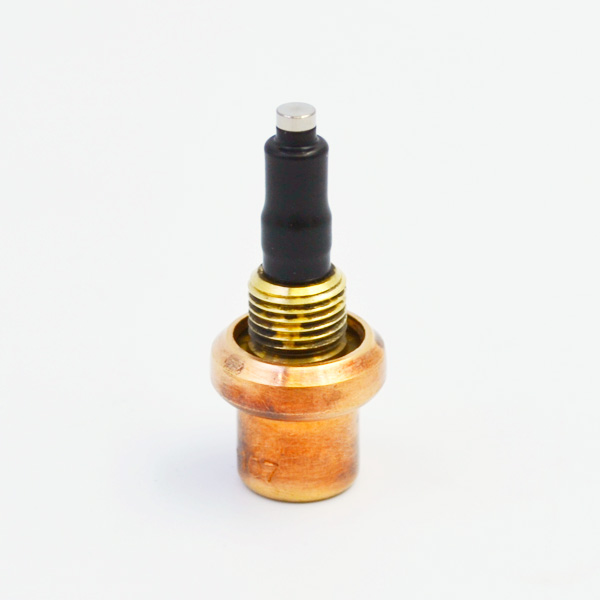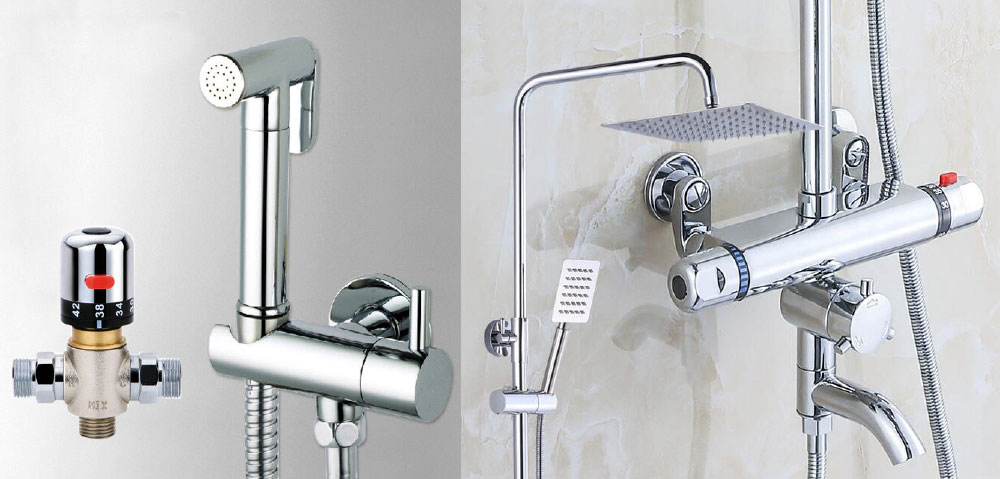DK-2 braking system is an important part of HXD1 locomotive, and the mechanical locking structure is very important in the end-changing operation. Based on the analysis of the actuality of mechanical locking structure of brake controller, the concrete measures of optimum design are put forward. Through optimum design of mechanical locking structure, the size and notch thickness of the handle cover are re-optimized, the upper and lower deviations and left and right deviations between the handle cover and the key handle are reduced, and the mechanical strength of the handle cover is enhanced through material improvement.

And wear resistance, which reduces the possibility of key failure, to ensure the safe operation of mechanical locking structure. In the DK-2 braking system, the brake controller is installed on the driver’s control desk. It has two functions, one is single braking, the other is train braking. Through the brake controller handle, the driver operates it to all positions, thus realizing the various functions of the train, such as emergency, restraint, full braking, operation, etc. The mechanical locking structure is a part of the brake controller, which is operated by the key. In the process of using the brake controller, there are some faults in the key, which affect the safety of operation. DK-2 braking system is a part of HXD1 locomotive. In addition, Knoll CCB II braking system is also included in this locomotive. Compared with Knoll CCB II brake system, DK-2 brake system has its unique operation characteristics. The key to change the end is the operation position of the DK-2 brake system brake controller.

For the non-operating knuckle brake controller, it is fixed in the corresponding position mechanically in order to avoid the driver’s operation errors. The mechanical locking structure of DK-2 brake system brake controller is complex, which leads to the increase of the incidence of faults, and affects the normal operation of crew members. In serious cases, it even causes locomotive faults and affects the safety of locomotive operation. At present, the DK-2 braking system of HXD1 locomotive has clear operational specifications. The non-operating locomotive automatic controller is adjusted to the “reconnection” position while the individual controller is adjusted to the “operation” position. At the same time, the key handles of the two controllers are adjusted to the “closed” position so that the key can be pulled out. Under the action of mechanical locking structure, the brake controller is locked. When it needs to be operated again, the key is used to adjust to the “open” position to implement the corresponding operation. As a result, it takes a long time to change the end, and the complexity of the mechanical locking structure increases the incidence of mechanical failure, which affects the normal operation of the brake controller. When the driver pulls the key handle from the “open” position to the “closed” position, the transition critical position is the position that the key handle must pass through. At this time, thermostatic element if the driver wants to pull out the key handle outwards, the key handle can be pulled out smoothly because the wall thickness of the handle cover is 2.
3 mm and the matching opening is 9 mm. When pulling out 7 mm, the key handle can be pulled out smoothly. However, in the actual operation process, affected by the gap in the rear of the handle cover, the spindle is pulled out. Move down to the “open” position and insert the key again will not be possible. In addition, the key handle will be worn out in the process of using. When it becomes round, the practicability of the mechanical locking structure will be greatly reduced, or even can not be used. According to the design principle of the mechanical locking unit, the key can be successfully pulled out only when it is in the “closed” position. Therefore, the non “closed” position is basically impossible to achieve. However, in the actual operation assessment, the key handle is taken out of trouble, and the main reason for the failure is between the handle cover and the key handle. Therefore, when optimizing the design, it is necessary to optimize the design of the handle cover.
At the same time, the mechanical locking unit needs to have a relatively high mechanical strength and wear resistance. Therefore, when optimizing the design, the material of the handle cover is improved.
The specific measures are as follows.

The main reasons for the malfunction of key handle removal are the deviation between the upper and lower parts of the key handle and the handle cover, the deviation between the left and right parts, and the short distance between the handle cover and the key handle. Therefore, the size of the handle cover is optimized to improve the matching degree between the key handle and the key handle. In the aspect of upper and lower deviation, the original depth dimension is 19.5mm, after optimization design, it is changed to 15.5mm, thus the upper and lower distance between the key handle and the handle cover is significantly reduced; in the aspect of left and right deviation, the original horizontal line opening size is 11 mm, after optimization design, it is 9 mm, and the size of the key handle is 8 mm, the left and right gap between the two is changed from 3 mm to 1 mm, which reduces. The probability of failure occurring is calculated. In the critical state, even in the non- “closed” state, the key handle can still be pulled out. The main reason for this phenomenon is that the wall thickness of the handle cover is too thin. When the elastic steel beads on the key handle are released from the constraint of the handle cover, the release time is too early. Thus, the key handle can be pulled out in the state of swaying and pulling. For this reason, when optimizing the design, the notch thickness of the handle cover is changed. The original notch thickness of the handle cover is 2.3 mm. After improvement, it becomes 10.3 mm. The increased thickness is equal to the length of the key handle notch. When pulling the key handle, the notch in the tail just leaves the reversing spindle, avoiding the failure of the key handle taking out [3]. Before improvement, the material of handle cover is 1Cr13, the tensile strength of this material is 220 MPa, the yield strength is 206 MPa, and the mechanical strength and wear resistance are poor. After using for a period of time, serious wear will occur, which will lead to failure. After improvement, 45 round steel is used as the material of the handle cover. The tensile strength of this material is 600 MPa and the yield strength is 355 MPa.
It has good mechanical strength and wear resistance, thus effectively reducing the probability of failure. In summary, during the operation of the mechanical lock structure of the brake controller, it is easy for the key handle to remove obstacles, which will affect the normal operation of the driver and even the safe operation of the locomotive. By optimizing the mechanical lock structure, the size of the handle cover and the thickness of the gap are re-optimized, and the up-down deviation and left-right deviation between the handle cover and the key handle are reduced. By improving the material, the mechanical strength and wear resistance of the handle cover are enhanced, which reduces the possibility of key failure, ensures the normal operation of the driver, ensures the normal operation of the locomotive, and significantly improves the safety of the locomotive operation.
